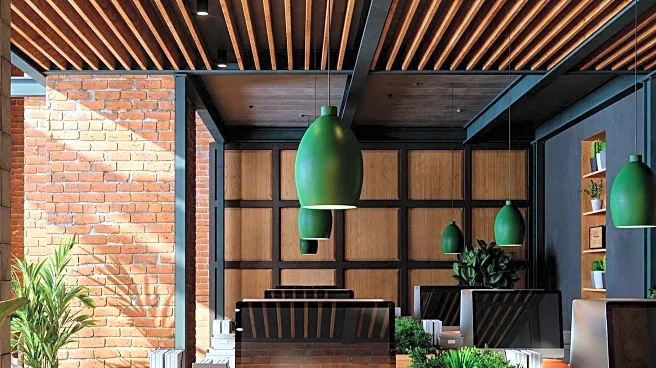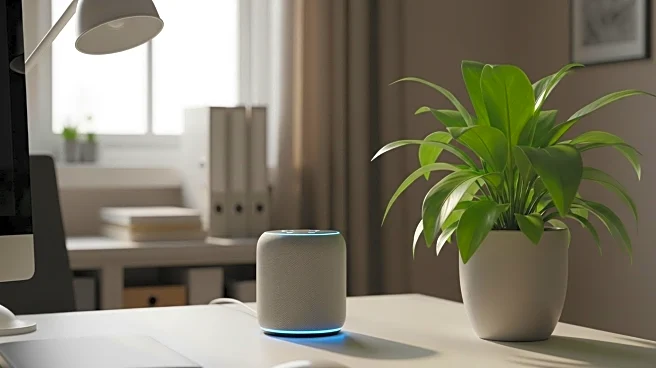What is the story about?
What's Happening?
Vista Spaces, led by Managing Director Raghuveer Veeramachaneni, is promoting a transformation in workplace design that emphasizes the integration of wellness principles. This approach focuses on creating environments that enhance comfort, focus, and restoration through biophilic design and human-centered architecture. Key elements include the use of natural light, organic materials, and indoor greenery to improve mood and productivity. Additionally, ergonomic furniture and flexible workstations are being implemented to reduce physical strain and support mental clarity. The initiative also includes the development of well-being zones, quiet rooms, and social hubs to foster connection and relaxation.
Why It's Important?
The integration of wellness into workspace design is significant as it addresses the growing need for environments that support both mental and physical health. By prioritizing human-centered design, companies can enhance employee well-being, leading to increased productivity and job satisfaction. This shift reflects a broader trend towards creating workspaces that accommodate the blurring boundaries between professional and personal life. As organizations adopt these principles, they can expect to see improvements in employee retention and overall workplace culture, making them more competitive in attracting top talent.
What's Next?
As the trend towards wellness-focused workspaces continues, more companies are likely to adopt similar strategies. This could lead to a widespread rethinking of office design, with increased investment in infrastructure that supports holistic well-being. Organizations may also explore partnerships with wellness providers to offer on-site services such as yoga and mindfulness sessions. The evolution of workspaces into community-like environments could further blur the lines between work and personal life, necessitating new policies and practices to manage this integration effectively.
Beyond the Headlines
The shift towards wellness integration in workspaces raises important ethical and cultural considerations. It challenges traditional notions of productivity and work-life balance, prompting discussions about the role of employers in supporting employee well-being. This movement also highlights the need for inclusive design that accommodates diverse needs and preferences, ensuring that all employees benefit from these changes. As companies navigate this transition, they must consider the long-term implications for organizational culture and employee engagement.
AI Generated Content
Do you find this article useful?













